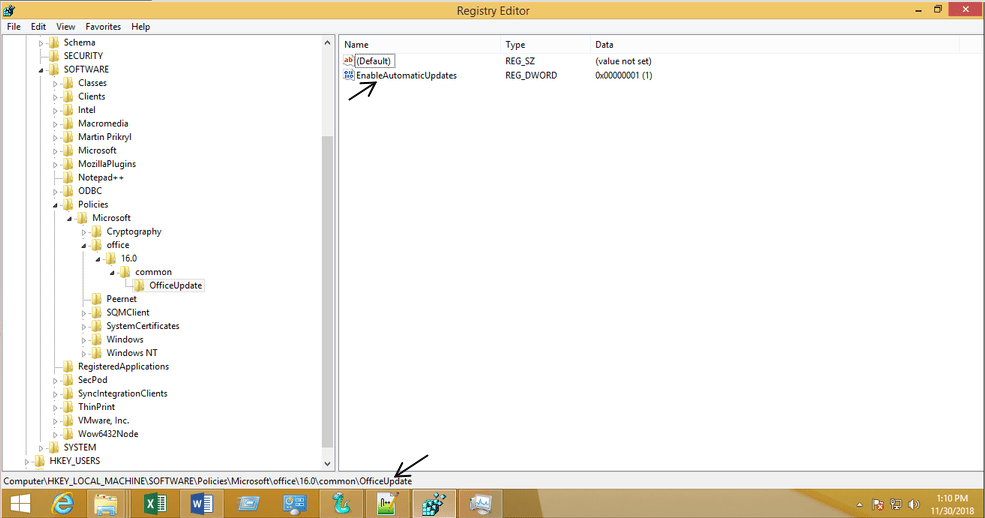

Still, while default fonts may not have the same flair as some of their more eye-catching cousins (we’re looking at you, Bauhaus 93 and Showcard Gothic), they communicate a distinct personality in their own quiet way-a personality that by extension becomes our personality as well. When a font blends into the background of a user experience, people can jump right into the creative process and stay grounded in their thoughts rather than thinking about the form those thoughts take. We seldom give them much thought, and therein lies their greatest gift. Tomorrow: a utility that lets you uninstall programs that Add/Remove Programs can't get rid of.We’ve commissioned five new custom fonts– which should be the next default font?ĭefault fonts are perhaps most notable in the absence of the impression they make. I'll keep looking and let you know if I find it. I was hoping to find a way to change the default save folder for Microsoft Paint, but I haven't yet found the right Registry key to edit.

In PowerPoint 2007, click the Office button, choose PowerPoint Options at the bottom of the window, select Save in the left pane, paste the folder path in the text field to the right of Default file location, and click OK. Then open PowerPoint (2003 and earlier versions), click Tools > Options > Save, paste the folder path in the text field below Default file location, and click OK.
Set microsoft office as default apps windows#
Microsoft PowerPoint: As with Excel, start by opening Windows Explorer, selecting the folder you want to store your presentations in, and copying the path in the Address bar. In both versions, paste the folder path into the text box to the right of Default file location, and click OK. In Excel 2007, click the Office button, choose Excel Options at the bottom of the window, and select Save in the left pane. Copy the folder path in the Address bar, open Excel, and in Excel 2003, click Tools > Options > General.

Microsoft Excel: For all versions of Excel, start by opening Windows Explorer and navigating to the folder you want to store your worksheets in. Reset the default file save-as location in Microsoft Word 2007. In Word 2007, click the Office button, choose Word Options at the bottom of the window, click Save in the left pane, select Browse to the right of Default file location, browse to the folder of your choice, and click OK twice. Navigate to the folder of your choice, and click OK twice. Microsoft Word: In Word 2003 and previous versions to 97, click Tools > Options > File Locations, highlight Documents (it may be chosen by default), and click Modify. It's easy to change the default save-as locations in Office and other Windows apps. That way all the files for a project-regardless of type-are stored in the same place. You can stick with these if you wish, but I prefer to store my personal files on a USB thumb drive with folders organized by project rather than by file type. (Vista uses the same folder nomenclature, minus the "My".)

If you're saving an image, Windows wants to put it in My Pictures, and it wants to put audio files in My Music and videos in My Videos. When you save a file in an Office application, the program opens the Save As dialog box with My Documents (in Office 2003) or Documents (in Office 2007) as the default folder to store it in.


 0 kommentar(er)
0 kommentar(er)
